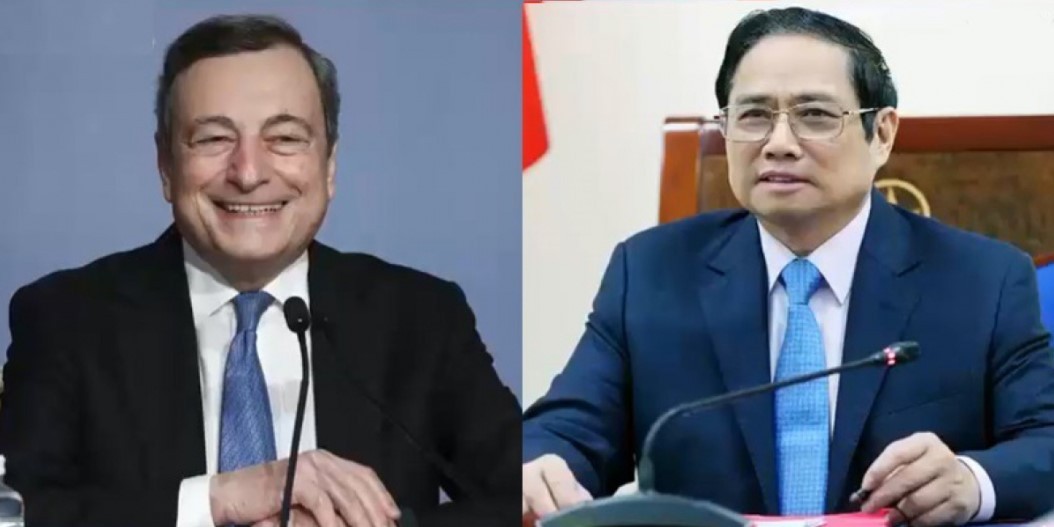Italian Prime Minister Mario Draghi: Biography, Early Life & Career
Former European Central Bank (ECB) President Mario Draghi formally accepted the task of forming the next Italian government as the new Prime Minister on 13 February. His 23-member cabinet was sworn in at the Quirinal presidential palace at noon on Saturday.
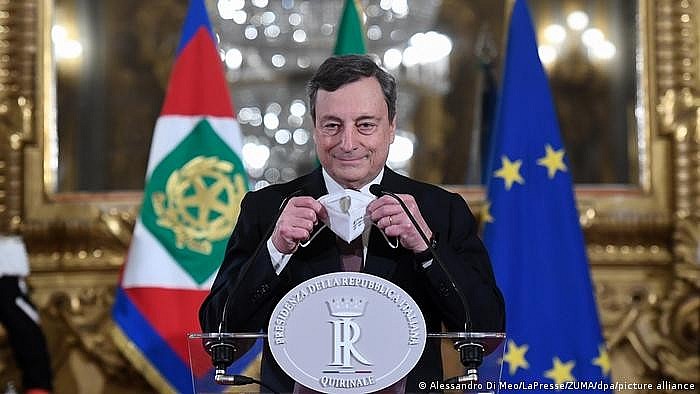 |
| Photo: DW |
Mario Draghi's early life and education
Draghi was born in Rome on September 3, 1947, in a wealthy family in Rome, with his father working for the Bank of Italy (central bank). His mother was a pharmacist. The oldest of three children, he lost his parents when he was a teenager.
He graduated from La Sapenzia University and later earned Ph.D. in economics from the Massachusetts Institute of Technology where his advisors included renowned Nobel Prize-winning economists such as Franco Modigliani and Robert Solow, according to Famous Economists.
After completing Ph.D., he taught at both the University of Florence and Harvard University. He was a full professor at the Cesare Alfieri Faculty of Political Science of the University of Florence from 1981 until 1994 and a fellow of the Institute of Politics at the John F. Kennedy School of Government, Harvard University (2001).
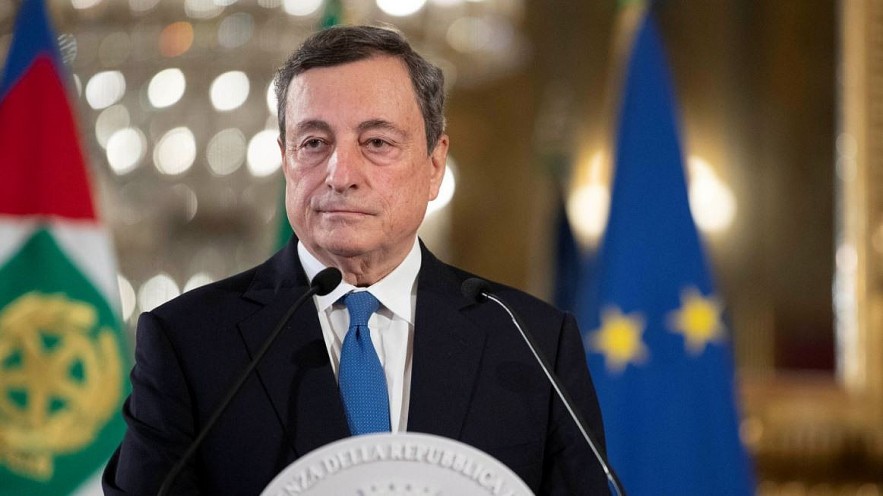 |
| Photo: Sky News |
Career of Mario Draghi
He served as the Italian Executive Director at the World Bank from 1984 to 1990 and also held the position of General Director of the Italian Treasury. After this, Draghi remained Vice Chairman and Managing Director of Goldman Sachs and was also Governor of the Bank of Italy from 2006-2011. Soon after Draghi was nominated as the Governor of the Bank of Italy and he was elected as Chairman of the Financial Stability Forum (now the Financial Stability Board), an institution that aims to provide better international financial stability, improve the efficiency of markets and streamline the exchange of information amongst the participant countries.
Mario Draghi succeeded Jean Claude Trichet as President of the European Central Bank in 2011. Before Trichet’s term as President was about to end, Draghi was mentioned as a potential successor to the post. After his main rival for the position Axel Weber said he was no longer seeking the job, Draghi was a natural choice. Draghi’s job now, as President of the ECB is to regulate currency and monetary policy in the European Union. The ECB also has the important and difficult task of maintaining price stability in the 17 countries it is responsible for. The diversity of these nations makes the task of the ECB more daunting and their collective GDP exceeds $17 trillion.
As soon as he was inducted as President, Draghi sought to make changes. Firstly, he supervised a loan from the ECB to several European banks; the amount of this loan was in the excess of $640 billion. A major problem in the Eurozone when Draghi started his tenure was the debt crisis. To address this problem, he decided not to reduce the rate of interest on private sector loans and tried to keep inflation in check. In 2012 the ECB, under Draghi, again injected funds into the Eurozone by giving another round of loans to European banks.
On 2 February 2021, following failed consultations between parties to nominate a replacement, President Mattarella announced he would summon Draghi to the Quirinal Palace, with the intention of giving him the task of forming a technocratic government. The following day, Draghi accepted the task of forming a new government and began consultations with party leaders, according to Euro News.
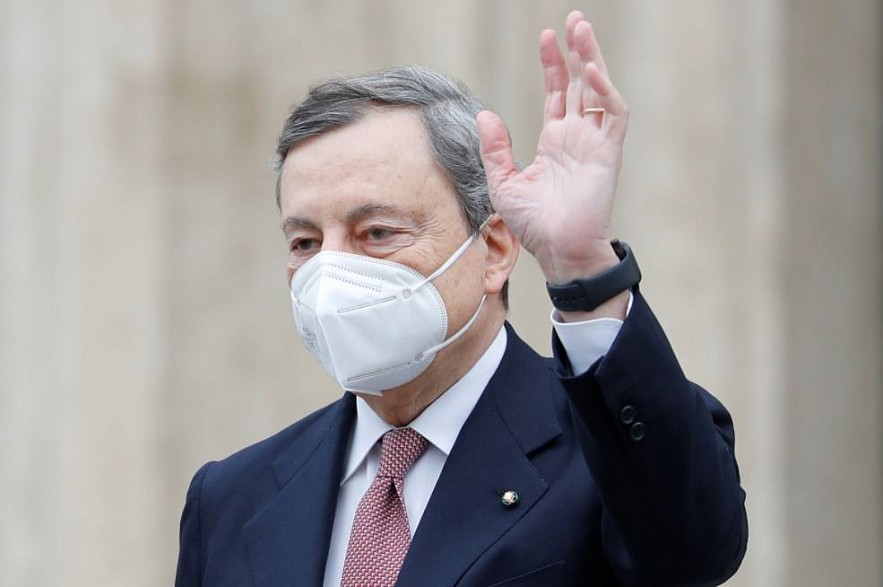 |
| Photo: Daily Sabah |
Duties of Italian Prime Minister
The President of the Council of Ministers of the Italian Republic, known in English as the Prime Minister of Italy, is the head of government of the Italian Republic. The office of the Prime Minister is established by Articles 92 through 96 of the Constitution of Italy. The Prime Minister is appointed by the President of the Republic and must have the confidence of the Italian Parliament to stay in office.
Prime Minister leads the Cabinet. Article 95 of the Italian constitution provides that the Prime Minister "directs and coordinates the activity of the ministers". The Prime Minister holds executive power and the position is similar to those in most other parliamentary systems. The formal Italian order of precedence lists the office as being, ceremonially, the fourth-highest Italian state office.
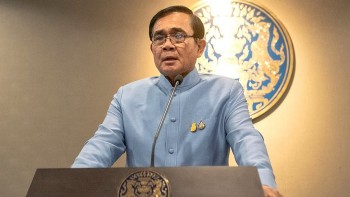 | Prime Minister of Thailand Prayut Chan-o-cha: Biography, Early Life & Career Prayuth Chan-ocha is a Thai military leader who, after leading a successful coup, became prime minister of Thailand. |
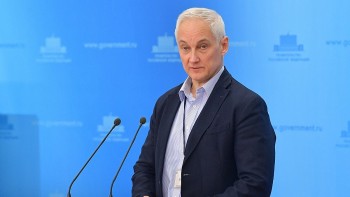 | Russian Deputy Prime Minister Andrei Belousov: Biography, Personal Profile, Career Andrey Removich Belousov (Russian: Андре́й Рэ́мович Белоу́сов; born 17 March 1959) is a Russian economist and politician, serving as First Deputy Prime Minister since 21 ... |
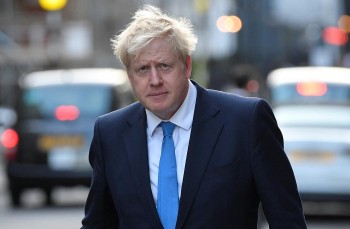 | Prime Minister of United Kingdoms Boris Johnson: Biography, Early Life & Career Boris Johnson is a British politician. He became the prime minister of the United Kingdom in July 2019. He served as the mayor of London ... |
Recommended
 World
World
‘We stand with India’: Japan, UAE back New Delhi over its global outreach against terror
 World
World
'Action Was Entirely Justifiable': Former US NSA John Bolton Backs India's Right After Pahalgam Attack
 World
World
US, China Conclude Trade Talks with Positive Outcome
 World
World
Nifty, Sensex jumped more than 2% in opening as India-Pakistan tensions ease
Popular article
 World
World
Easing of US-China Tariffs: Markets React Positively, Experts Remain Cautious
 World
World
India strikes back at terrorists with Operation Sindoor
 World
World
India sending Holy Relics of Lord Buddha to Vietnam a special gesture, has generated tremendous spiritual faith: Kiren Rijiju
 World
World




